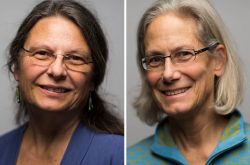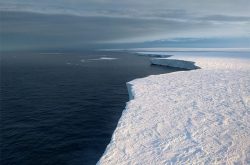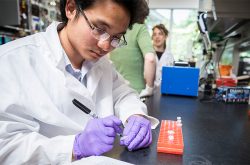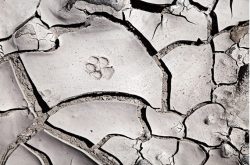
At the helm of EarthLab’s Washington Ocean Acidification Center are two experienced ocean scientists, but what they are trying to do is something entirely new. Terrie Klinger and Jan Newton are Salish Sea experts — one an ecologist, one an oceanographer — and they are addressing one of the biggest emerging threats to our environment today, ocean acidification.
“When we first were funded by the legislature to stand up the Washington Ocean Acidification Center, there was no precedent. We were starting from zero,” says Klinger. Born from a Washington State Blue Ribbon Panel, the Center was established by the legislature at the University of Washington to make sure actions to combat ocean acidification have a strong backbone in science. Along with colleagues and collaborators, it was up to Klinger and Newton to bring the new Center to life, making sure it serves the needs of Washington citizens.
Ocean acidification is a global phenomenon. Worldwide, the ocean plays an invaluable service to the planet by absorbing nearly 30% of the carbon dioxide produced by human activity. Yet this also drives a series of reactions that change seawater chemistry, and as a result the oceans are becoming more acidified, which poses a suite of problems to some marine organisms.
Read more at UW EarthLab »









